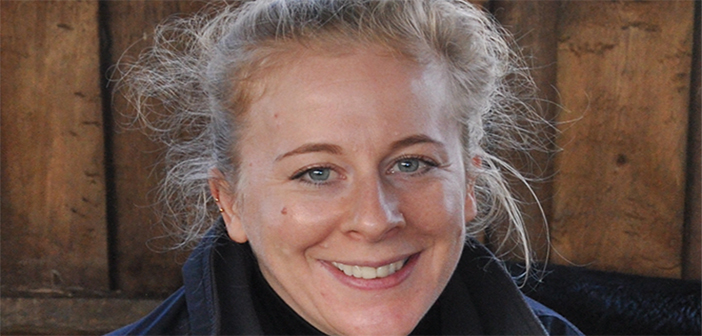It’s likely that an insidious infectious disease such as toxoplasmosis was a significant cause of barrenness or abortion in ewes earlier this year, according to an analysis of the latest diagnostic results released by MSD Animal Health.
Blood samples from UK sheep farms were tested when the subsidised FlockCheck diagnostic service was made available to vets in practice between February 2021 and June 2021.
According to data from 375 UK sheep farms, 66.4% of units had one or more ewes testing positive for the parasiteToxoplasma gondii, which causes toxoplasmosis.
MSD Animal Health livestock veterinary adviser Dr Kat Baxter-Smith said the continued high national level of exposure of UK sheep to Toxoplasma gondii highlights the importance of vaccinating ewes in this country against this productivity damaging parasite.
Dr Baxter-Smith said: “Each year we consistently see about two-thirds of UK sheep units testing positive for this serious, productivity-limiting parasite. Consequently, we urge all sheep producers to discuss their individual farm situation with their vet, well in advance of the upcoming autumn tupping season.
“Toxoplasmosis, in particular, remains a key cause of barrenness and abortion in UK sheep flocks. It also causes reabsorptions, mummified fetuses, stillbirths and weakly lambs, and as a result of the range of different disease pictures that can manifest, its impact on flock profits is often significantly underestimated.
“Toxoplasmosis is so widespread that the industry focus should be on preventing infection in breeding ewes and the best way to do that is to vaccinate replacements well before they go to the ram. The clear industry advice is to ensure every ewe is vaccinated before she breeds.”
According to Dr Baxter-Smith, sheep pick up the infection from the environment and so normal biosecurity measures are not enough to control the disease. Infected cats are one of the ways this parasite spreads to sheep, they shed toxoplasma eggs in their faeces and sheep become infected when they ingest these eggs from contaminated pasture, feed and water.


